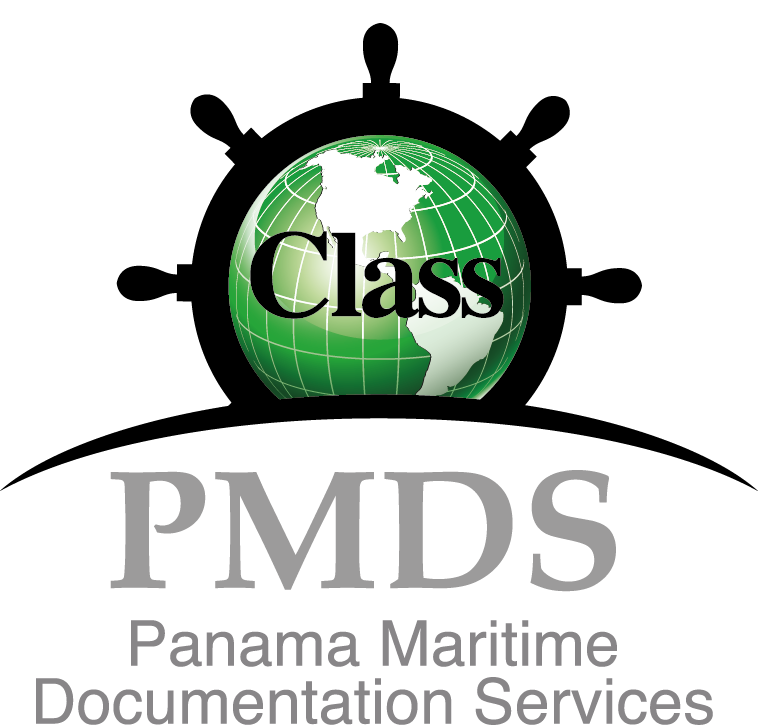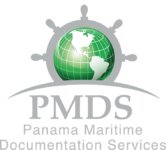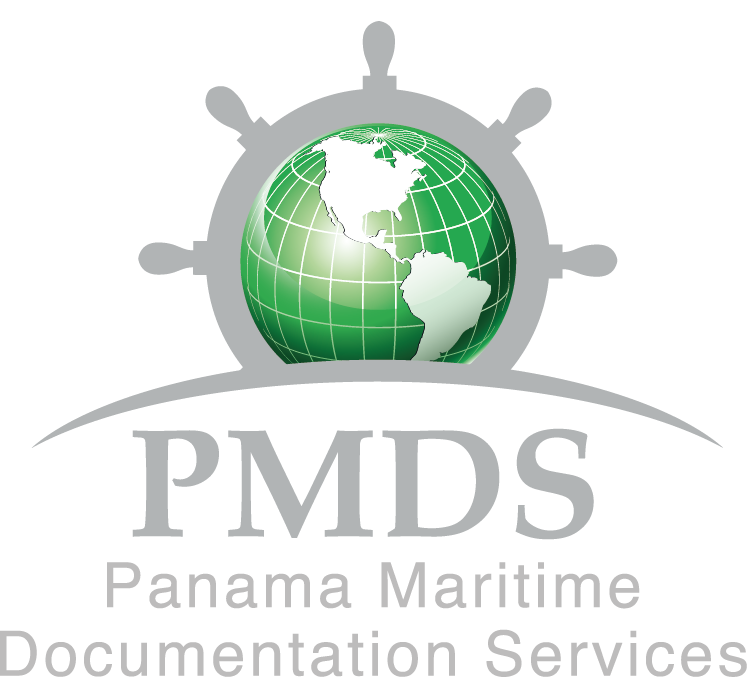
AMSA focuses on watertight and weathertight integrity at Port State Control
AMSA announced that they are carrying out ongoing watertight and weathertight integrity inspections during routine Port State Control (PSC) throughout 2022-23.
The aim of this PSC campaign is to support foreign-flagged and regulated Australian ships with information to help operators avoid water ingress and the associated safety and financial risks. Ship inspection data shows that watertight and weathertight integrity remains a persistent and concerning issue for ships in Australian ports, making up 9% of detainable deficiencies in 2021.
As informed, newly released information and resources are now available on the Australian Maritime Safety Authority (AMSA) website, including guidance on regular checks and the importance of including watertight and weathertight components in maintenance plans.
Do you know?
Watertight and weathertight elements are part of the design of a ship.
Weathertightness is required for all openings located below the ship’s waterline, for example, shaft tunnels, ballast tanks, and bow thruster compartments. They must be designed and maintained to prevent ingress and egress of water during continuous submersion. Weathertightness is required for all other ship components, which must be designed and maintained to prevent water from entering the ship in any sea conditions.
AMSA Manager Vessel Operations Dr Michelle Grech said AMSA takes an intelligence-led and risk-based approach to compliance. With our data showing detainable deficiencies for watertight and weathertight integrity on the rise, we are reminding all ships entering Australian waters to Find it, fix it, and keep your ship watertight…she said and highlighted the importance of committing to routine checks and planned maintenance for all watertight and weathertight components.
A ship’s masters and crew should know which elements of their ship are designed to be watertight or weathertight under the relevant international conventions.
Watertight and weathertight deficiencies identified during a port State control inspection often reflect a failure of the planned maintenance program to address watertight and weathertight integrity issues in areas such as:
- Watertight doors
- Cargo hatches and hatchways
- Ballast tanks and cargo hold venting
- Overboard sea water valves.
Dr Grech said the risk of being detected and detained by AMSA, or banned from Australian ports, for serious breaches of these international conventions, is a very real one with significant financial and reputational costs to operators.
“These costs are real, for example, a recent detention example saw an operator pay $600,000 AUD in two months for port fees alone,” she said.
The price of conducting proper maintenance is far less than the potential cost of detention or banning, and certainly worth it to avoid the potential consequences which include injury, death, dry docking, labour costs, or even lawsuits over environmental damage.
To remind, AMSA’s Port state control Australia-Annual Report outlined how in 2021, water/weather-tight conditions remained in the top five categories of detainable deficiencies and increased slightly to 9.0 percent from 8.1 percent in 2020. Furthermore, AMSA’s Focused Inspection Campaign during 2022 revealed that a high number of ships failed to comply with planned maintenance requirements.
Following these results, in early October 2022, AMSA issued a Maritime Safety Awareness Bulletin to highlight that a lack of planned maintenance can have a significant impact on the safety of the vessel, people, and the marine environment.
AMSA advises operators, masters, and crew always to be aware of the importance of watertight and weathertight integrity; and should know which elements of their ship are designed to be watertight or weathertight.
When it comes to watertight and weathertight, keep in mind:
#1 CHECK: You should routinely check:
- the locations of watertight and weathertight components — that they’re closed when they’re meant to be, and their condition.
- that the ship’s safety management system includes planned maintenance for watertight and weathertight components.
#2 MAINTAIN: Watertight and weathertight components should be part of your planned maintenance.
Effective and regular maintenance:
- reduces the risk of equipment failure; and
- ensures that components and systems continue to perform their designed function.
Source: Safety4seas
For additional information contact us : corporate@panamamaritime.com

 (507) 6780-7942
(507) 6780-7942






